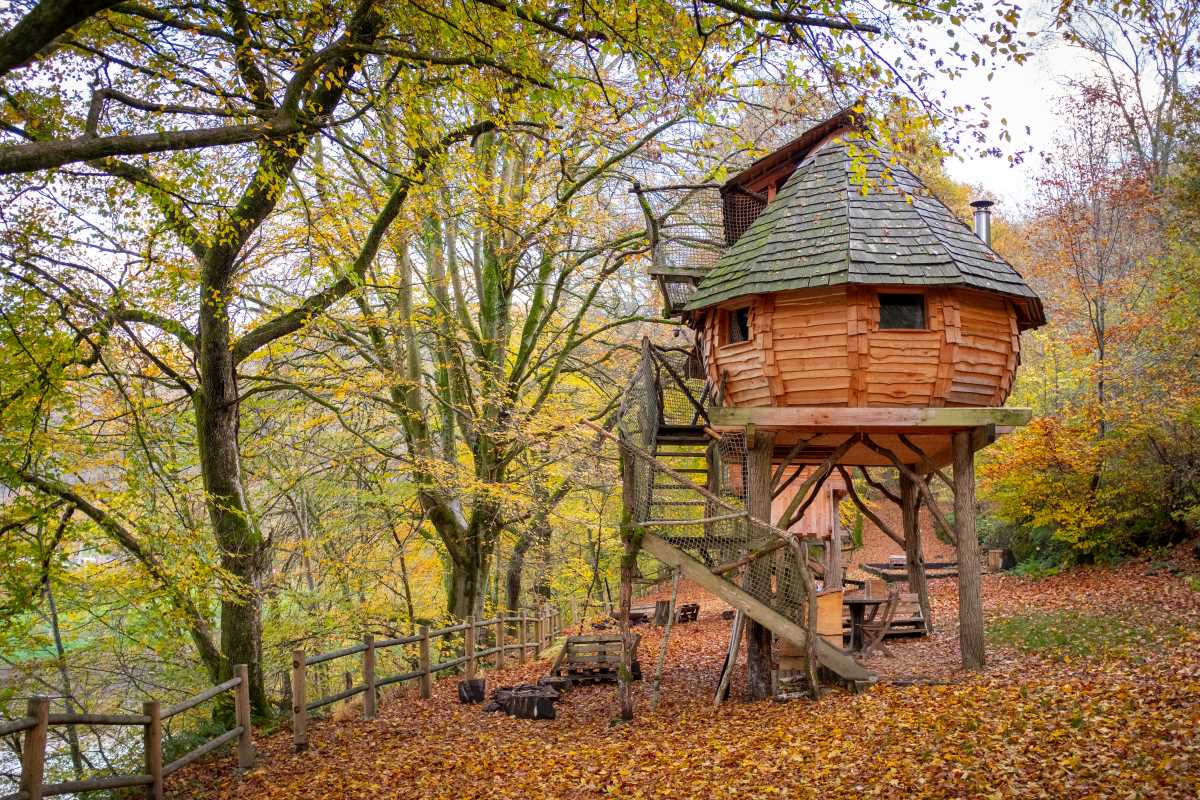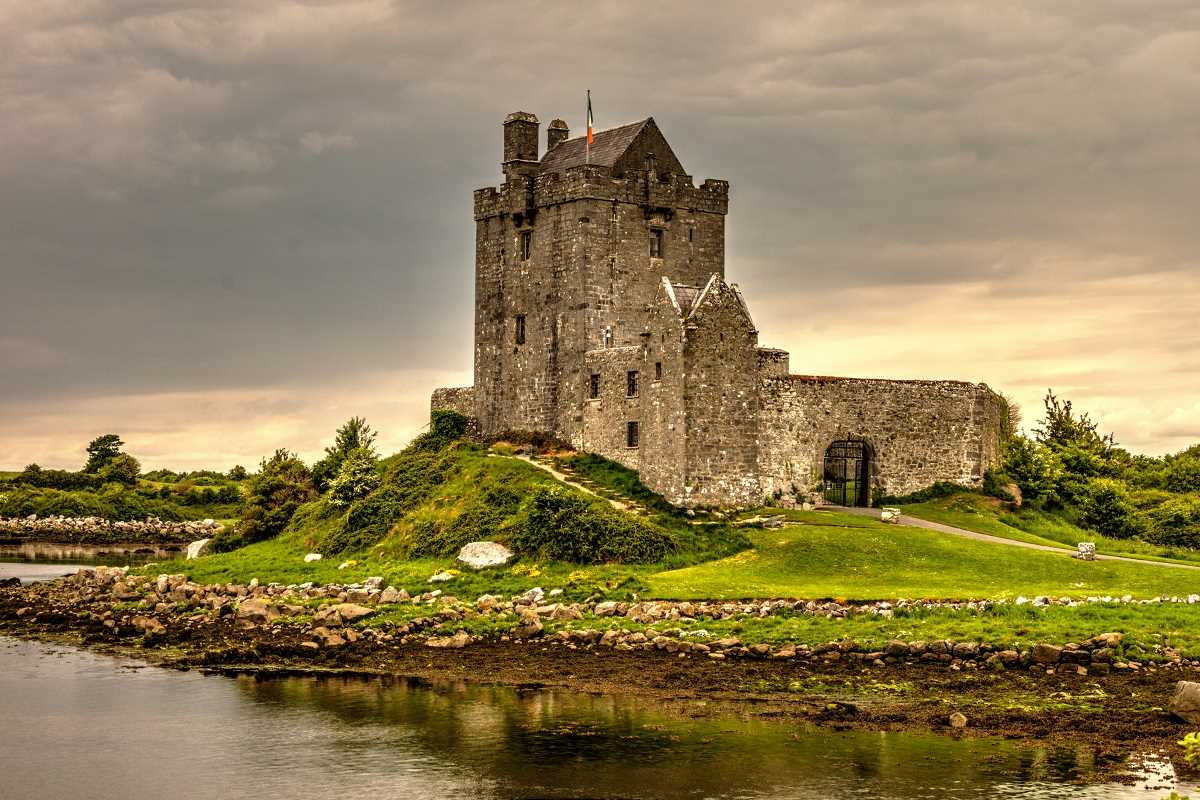Europe's landscape is adorned with magnificent cathedrals, each a testament to the architectural ingenuity and artistic brilliance of past civilizations. These iconic structures not only serve as places of worship but also stand as historical landmarks, drawing millions of visitors who seek to marvel at their beauty and explore their rich histories. Let’s embark on a journey through some of the most iconic cathedrals across Europe, uncovering the stories and significance behind these awe-inspiring edifices.
Notre-Dame Cathedral: The Heart of Gothic Paris
Situated in the heart of Paris, Notre-Dame Cathedral is perhaps one of the most famous Gothic cathedrals in the world. Construction began in the 12th century, and it took over 200 years to complete, with its intricate details reflecting the evolution of Gothic architecture over that period. The cathedral is renowned for its stunning stained glass windows, particularly the Rose Windows, which cast vibrant hues of light into the interior. The façade of Notre-Dame is equally impressive, adorned with sculptures that depict biblical scenes and saints, a testament to the craftsmanship of the Middle Ages.
Notre-Dame's significance extends beyond its architectural beauty; it has been the site of many important historical events, including the coronation of Napoleon Bonaparte as Emperor of France. Despite the devastating fire in 2019 that severely damaged parts of the cathedral, efforts to restore this iconic landmark are underway, ensuring that it will continue to inspire awe for generations to come.
St. Basil's Cathedral: A Kaleidoscope of Colors in Moscow
St. Basil’s Cathedral, located in Moscow's Red Square, is a symbol of Russia's rich cultural heritage and a masterpiece of Russian architecture. Commissioned by Ivan the Terrible in the 16th century, the cathedral was constructed to commemorate the capture of Kazan and Astrakhan, significant victories in Russian history. The cathedral is instantly recognizable by its vibrant, onion-shaped domes, each painted in a kaleidoscope of colors and patterns that contrast sharply with the surrounding buildings.
The design of St. Basil's is both unique and symbolic, with each of the nine domes representing a different assault on Kazan. The central dome is taller than the others, symbolizing the ultimate victory. Inside, the cathedral is a labyrinth of chapels, each richly decorated with frescoes and icons that reflect the Byzantine influence on Russian religious art. St. Basil’s Cathedral is more than just a building; it is a symbol of Russian identity and resilience, attracting visitors from around the world who come to admire its beauty and historical significance.
Sagrada Familia: Gaudí's Unfinished Masterpiece in Barcelona
The Sagrada Familia in Barcelona is unlike any other cathedral in Europe. Designed by the visionary architect Antoni Gaudí, the basilica is a fusion of Gothic and Art Nouveau styles, with a design that is as unconventional as it is breathtaking. Construction of the Sagrada Familia began in 1882, and it remains unfinished to this day, with an estimated completion date set for 2026, the centenary of Gaudí’s death.
The exterior of the Sagrada Familia is adorned with intricate carvings that depict scenes from the Bible, with each façade telling a different story. The Nativity Façade, for example, is dedicated to the birth of Christ and is filled with exuberant details that celebrate the joy of life. The interior of the basilica is equally impressive, with towering columns that resemble trees, creating a forest-like atmosphere that is both serene and awe-inspiring. The play of light inside the basilica, filtered through the stained glass windows, adds to the otherworldly experience.
Gaudí’s intention was to create a building that would be a symbol of the divine, and the Sagrada Familia certainly achieves that goal. It is not only a place of worship but also a work of art, a testament to the limitless possibilities of architectural innovation.
Westminster Abbey: A Royal Tradition in London
Westminster Abbey in London is a building steeped in British history. Founded in the 10th century, the abbey has been the coronation church for English monarchs since William the Conqueror in 1066 and has hosted numerous royal weddings, including that of Prince William and Catherine Middleton in 2011. The Gothic architecture of Westminster Abbey is characterized by its soaring vaulted ceilings, flying buttresses, and extensive use of stained glass, making it a quintessential example of medieval architecture.
The interior of Westminster Abbey is a treasure trove of history, with over 3,000 people buried there, including 17 monarchs, poets, scientists, and other notable figures in British history. The Poet’s Corner, in particular, is famous for the tombs and memorials of literary greats such as Geoffrey Chaucer, Charles Dickens, and William Shakespeare.
Westminster Abbey is more than just a place of worship; it is a living monument to the history and culture of the United Kingdom. Its role in the nation’s ceremonies and traditions, combined with its architectural grandeur, makes it a must-visit landmark for anyone exploring London.
Duomo di Milano: The Pinnacle of Gothic Architecture in Italy
The Duomo di Milano, or Milan Cathedral, is the largest church in Italy and one of the most striking examples of Gothic architecture in the world. Construction of the cathedral began in 1386 and took nearly six centuries to complete, resulting in a building that is as intricate as it is immense. The façade of the Duomo is made of pink-hued white marble and is adorned with over 3,000 statues, including the famous golden Madonnina that crowns the tallest spire.
The interior of the Duomo is equally impressive, with a nave that soars to a height of 45 meters, supported by 52 massive pillars. The stained glass windows, some of the largest in the world, depict scenes from the Bible and flood the interior with a kaleidoscope of colors. Visitors can also ascend to the rooftop terraces, where they can walk among the spires and enjoy panoramic views of Milan.
The Duomo di Milano is not just an architectural masterpiece; it is a symbol of the city’s resilience and artistic heritage. Despite the challenges faced during its construction, the cathedral stands today as a testament to the dedication and skill of the many generations of craftsmen who contributed to its creation.
A Testament to Human Ingenuity and Faith
Europe’s iconic cathedrals are more than just places of worship; they are monuments to the artistic, architectural, and cultural achievements of human civilization. From the Gothic splendor of Notre-Dame and Westminster Abbey to the unique beauty of St. Basil’s and the Sagrada Familia, each cathedral tells a story of faith, innovation, and resilience. These structures have withstood the test of time, surviving wars, fires, and the ravages of nature, and continue to inspire awe and reverence in all who visit them.
Exploring these cathedrals offers a glimpse into the rich history of Europe and the profound impact that these buildings have had on the cultural landscape. Whether you are drawn by their architectural grandeur, their historical significance, or their spiritual resonance, a visit to these cathedrals is a journey through time, offering an unforgettable experience of beauty, history, and faith.







